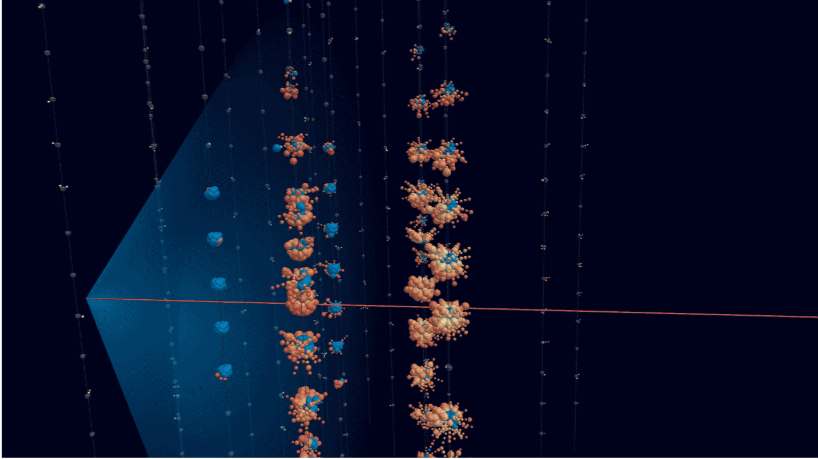Scientists have detected an unprecedented cosmic neutrino with energy levels that dwarf all previous observations. The particle, carrying 220 petaelectron volts of energy, was captured by the Cubic Kilometre Neutrino Telescope (KM3NeT) in the Mediterranean Sea, marking a quantum leap in neutrino detection – approximately 20 times more energetic than any previously recorded cosmic neutrino.
The discovery, published in Nature on February 13, has garnered significant attention from the physics community. “They hit the jackpot,” notes Francis Halzen from the University of Wisconsin-Madison, who leads the IceCube Neutrino Observatory in Antarctica. Halzen emphasizes the extraordinary nature of the finding, noting that IceCube, despite its larger size and decade-long operation, has never detected a neutrino of this magnitude.
The detection occurred at KM3NeT’s Sicilian facility on February 13, 2023, using only a fraction of its planned infrastructure – 21 of the intended 230 sensor cables. The facility employs an innovative detection method: when cosmic neutrinos interact with matter, they generate charged particles called muons. These muons produce distinctive blue light as they travel through water, which the telescope’s sensors capture and measure.
What makes this particular event remarkable is both its energy level and trajectory. The detected muon traveled almost parallel to the horizon, and its characteristics clearly indicated an extraterrestrial origin rather than an atmospheric source. The energy measurement of 220 petaelectron volts far exceeds the previous record of 10 petaelectron volts.
Luigi Antonio Fusco, a physicist at the University of Salerno and member of the KM3NeT team, contextualizes the scale of this discovery: it’s comparable to witnessing a flamethrower after only having seen small campfires. Statistical analysis suggests such an energetic neutrino might only be detected once every seven decades.
The finding’s validity has been scrutinized by the scientific community. Erik Blaufuss, a University of Maryland physicist who provided commentary in Nature, confirms that despite initial skepticism, the evidence presented is compelling.
In their attempt to identify the neutrino’s source, researchers analyzed data from multiple telescopes operating across different electromagnetic wavelengths. They identified twelve potential source objects in the relevant region of the sky, with most being active galactic nuclei – the bright centers of galaxies containing feeding supermassive black holes. However, the abundance of candidates makes precise source identification challenging.
An alternative hypothesis suggests this might be the first observed cosmogenic neutrino, produced by interactions between ultrahigh energy cosmic rays and photons from the cosmic microwave background radiation.
Kohta Murase, a theoretical physicist at Penn State not involved in the research, cautions against drawing definitive conclusions about origins from a single event. However, the future looks promising for cosmic neutrino research. KM3NeT’s continued expansion, along with planned developments including IceCube’s expansion, a new observatory near Vancouver Island, and one under construction in the South China Sea, may help scientists better understand these extremely energetic particles and their origins.





